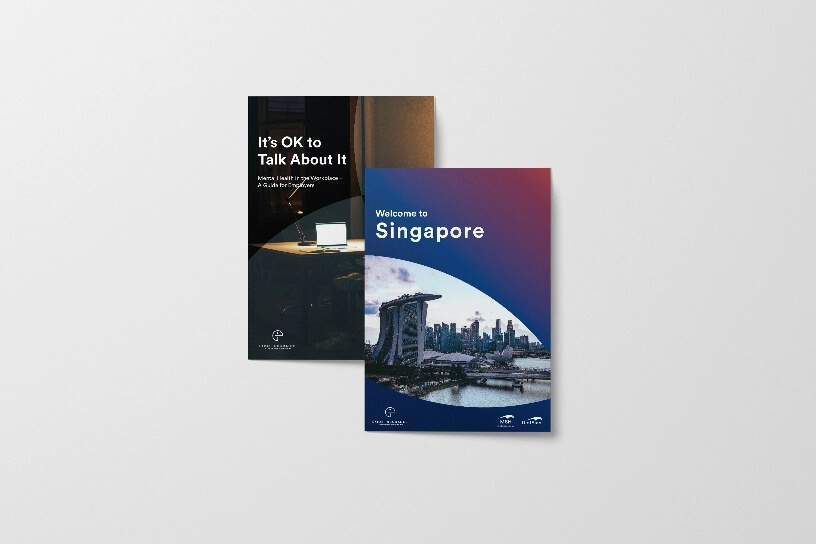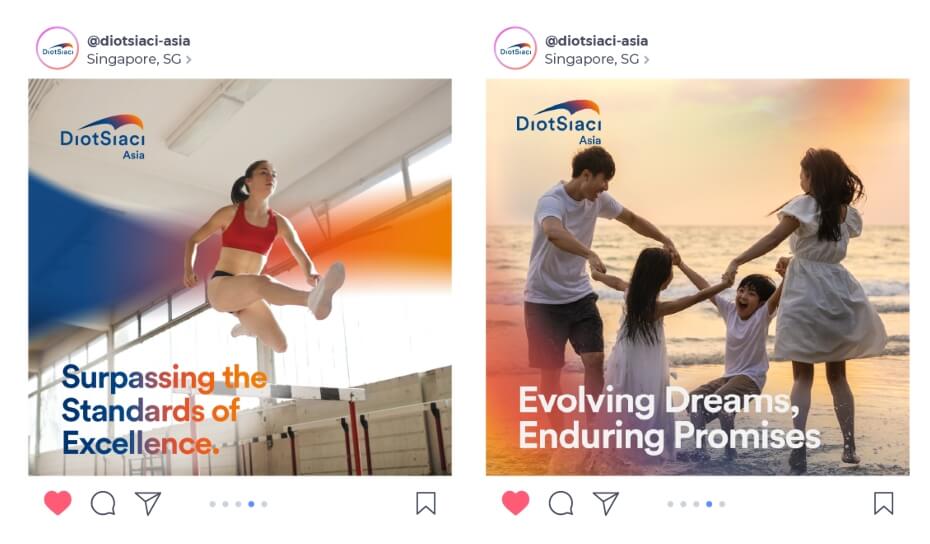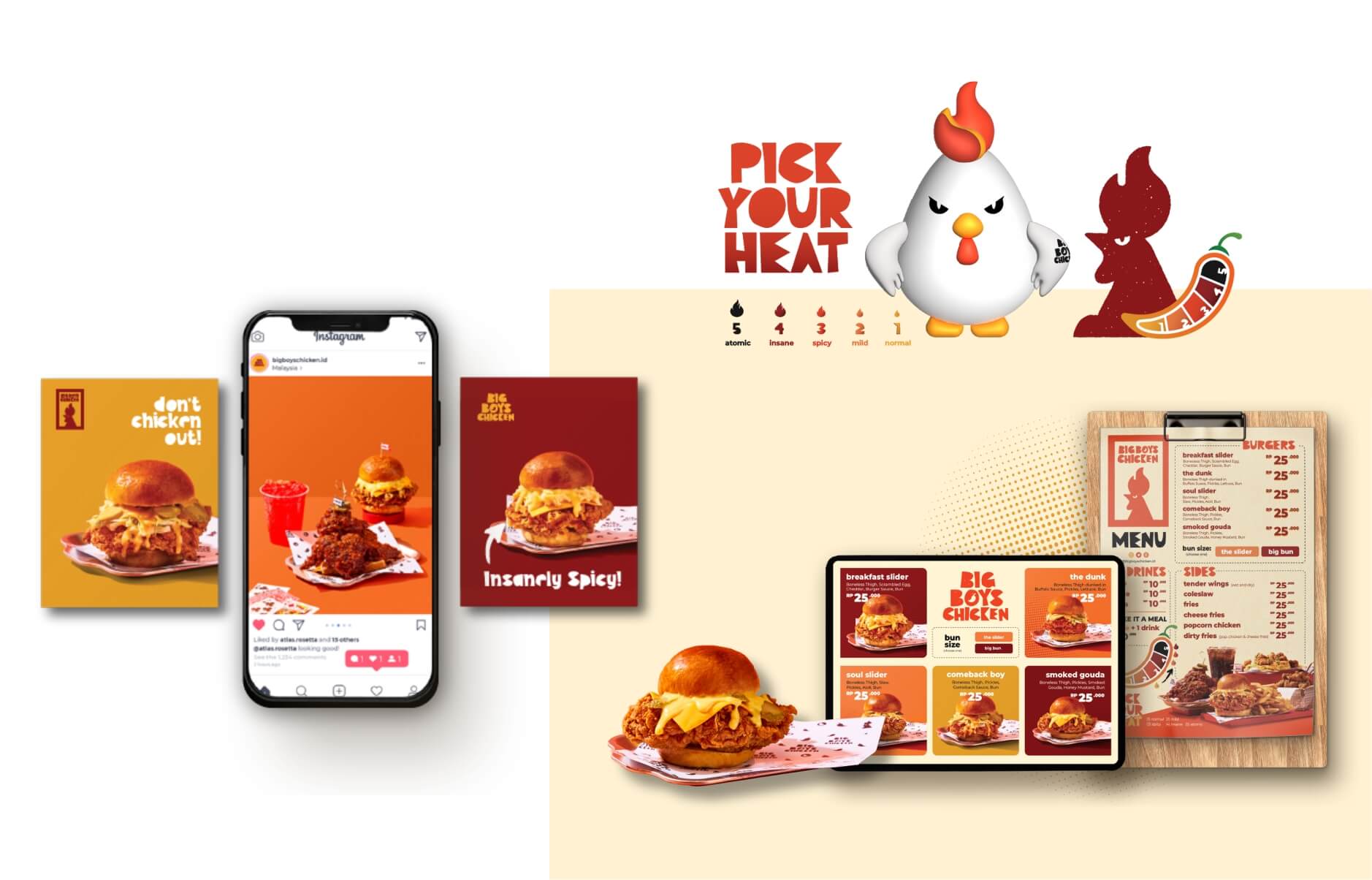Small business branding isn’t just about design. It’s about direction.
It’s the process of shaping how your business is understood: visually, verbally, and emotionally.
Your brand lives in the colors people recognize, the words you use, and the way customers feel when they interact with you. It’s not just your logo. It’s your voice. It’s your values. It’s the reason someone chooses you instead of the next option on their feed.
Good branding doesn’t just make you look put together. It gives your business clarity. It helps people remember you.
As Kathreen Wheeler, author of Brand Identity: How to Develop a Unique & Memorable Brand explains:
“Creative branding gives your business an identity that speaks even when you’re not in the room.”
The truth is, even the best product or service can get overlooked without a clear message and a strong identity to match. People scroll fast. Markets move quickly.
Brands that resonate? They lead with intention. They say who they are and why it matters and they say it clearly.
As highlighted in the Forbes article Why Brand Building Is So Important for Startups, effective branding signals that you’re not just another startup—you’re built to last.
For small businesses focused on brand recognition, especially those building a brand with limited resources, clarity and consistency are what set memorable brands apart from forgettable ones.
This guide will walk you through how to grow your brand as a small to medium-sized business. Not branding for branding’s sake, but branding that is actually effective and consistent to establish a lasting brand reputation.
We will address 3 foundational branding principles:
Strong branding isn’t just about attractive logos or appealing color schemes.
Those visuals matter, but they won’t communicate your value if your message isn’t clear. For small and medium-sized businesses, brand recognition relies heavily on simple, focused messaging.
Customers today make quick decisions. When someone visits your website or social media page, they want to immediately understand what you offer and why it’s relevant.
Donald Miller, New York Times bestselling author of Building a StoryBrand: Clarify Your Message So Customers Will Listen, calls this the “grunt test”—if a visitor can’t grasp your offer within seconds, they’ll leave. Being clear with what you are about is key.
Take the Slack website for example. When you look at the copywriting and the visuals, you immediately know what the website is about within 5 seconds: It’s a communication platform for employees in companies. Every visual and word supports that messaging.

Many businesses jump straight into visuals before defining their brand voice. That’s a common and costly mistake.
Your brand voice and identity development is how people hear the promises of your company. As marketing expert and bestselling author Seth Godin explains in his book, This Is Marketing:
“People don’t want what you make. They want what it will do for them. They want the way it will make them feel.”
This is where your emotional branding strategy comes into play. Your voice shapes your identity, guides messaging, and influences how people perceive your brand.
Whether someone reads your email or scrolls past your ad, they should feel the same tone and intent.
Your team should be able to confidently articulate your core message. From leadership to new hires, everyone should be aligned.
Importantly, this alignment must speak to customer needs. Your brand should meet people where they are, offering relevance and resonance, not just cleverness.
Below is a list of questions you can use to deepen your understanding of—and ultimately define—your brand’s voice. These draw on best practices from emotional branding, audience research, and tone-of-voice guides, and can be mixed and matched depending on your industry and goals.
BRAND VOICE QUESTIONNAIRE
- Audience Perception (how others describe or experience your brand)
- How would [our brand] sound if it were a person?
- What three adjectives do people immediately associate with us?
- Personification (imagining your brand as a person or character)
- What role does our brand play in the life of our ideal customer?
- What one story or anecdote best captures why we exist?
- Core Values & Archetypes (underlying beliefs, role, and personality)
- Which three core values or principles must our voice always uphold?
- What “villain” (pain point, frustration, or fear) are we positioning ourselves to help customers overcome?
- Language & Tone (specific words, phrases, and syntax)
- What emotions do we want to evoke at each stage of the customer journey?
- Awareness: Curiosity? Security? Inspiration?
- Consideration: Trust? Confidence? Anticipation?
- Decision: Urgency? Relief? Exclusivity?
- Loyalty: Belonging? Pride? Gratitude?
- Which metaphors, analogies, or domain-specific references resonate most with our niche? (e.g., tech brands using “platform,” “ecosystem,” or fitness brands using “rep,” “plateau”)
- Emotional & Experiential Goals (feelings, associations, and calls to action)
- What feelings do we want to leave someone with after they read our blog post or open our email?
- What does “better” look like for our customer, and how do we talk about that transformation?
Brands evolve. They should.
However, change without a clear foundation or proper build-up leads to confusion. Growth should be rooted in purpose and not just driven by trends.
Seth Godin emphasizes the difference between tailoring your brand to be market-driven and marketing-driven.
Diot-Saci Asia is a clear example of brand evolution done with focus.
Following their acquisition, the brand retained its core colors but softened them with gradients to reflect warmth and approachability.
Messaging leaned into family, connection, and collaboration—values that resonate across both expat and corporate audiences in Singapore.
The transition felt fresh but familiar, aligning global identity with local relevance.


Branding doesn’t have to mean doing everything at once. Small and medium-sized businesses often thrive by being selective and strategic about their branding choices
Instead of spreading yourself thin, figure out what’s truly essential for your current stage of growth.
You don’t need every branding element in place before you launch. What matters most is choosing the tools—like a clear logo, a defined brand voice, or one powerful piece of content—that directly support your business goals right now.
Effective branding is never isolated from your overall marketing strategy for brand growth. Each visual element, each piece of messaging, must serve your larger business objectives.
Branding should help answer questions like:
When your branding aligns clearly with your strategy, it moves beyond aesthetics. It becomes a practical tool that guides your decisions and helps your audience understand your value immediately.
Competitor brand analysis isn’t about copying successful brands. It’s about recognizing gaps and opportunities in your market. Instead of mirroring your competitors, identify how you can genuinely stand out.
Strategic brand positioning helps you pinpoint your unique strengths.
Being intentionally different makes your brand memorable and relevant, not just louder or flashier.
Trends come and go quickly. Just because something is popular doesn’t mean it belongs in your brand.
Thoughtful branding choices match your brand’s personality, voice, and goals. If a mascot or playful tone doesn’t genuinely align with your identity, skip it.
For instance, look at the branding behind Big Boy’s Chicken. Their mascot wasn’t random. It directly reflected their brand’s bold, spicy personality.
Everything from the fiery rooster comb to the bold font choice conveyed intentional messaging. Every branding choice had a clear strategic purpose.
But branding didn’t stop at visuals. The project extended across social media, the menu, and other customer touchpoints to ensure brand consistency across channels.
Each application was guided by a clear strategic brand positioning approach that tied the brand’s personality to real, memorable experiences.

This is an example of how a focused marketing strategy for brand growth can help businesses stand out by anchoring creative choices to a cohesive identity that works across platforms and formats.
Choosing your branding channels strategically allows you to focus limited resources effectively. It helps you avoid unnecessary spending and ensures that every effort directly supports brand consistency across channels.
You don’t have to be everywhere. Your branding should reflect where your audience actually engages.
In an era when brands produce more content faster than ever before, maintaining consistency is critical. With AI-generated content becoming increasingly common, quality and clarity can easily drift.
Consistency is what makes your brand trustworthy. Customers feel connected when your brand stays familiar, even as you grow.
Consistency doesn’t mean rigidly following outdated guidelines. It means your voice, visuals, and messaging evolve together naturally.
Absolutely! Limited resources don’t mean limited impact.
Small and medium-sized businesses can often achieve meaningful brand growth without heavy ad spend. Smart, targeted actions matter more than big budgets.
Storytelling, community engagement, and organic content help amplify your reach naturally.
For small businesses operating in the B2C space, there’s an edge that larger corporations can’t always replicate: real community connection.
This kind of relationship isn’t built through quick-fix campaigns or one-off tactics. It’s cultivated over time through trust, shared values, and mutual respect to create a sense of belonging among your customers.
People naturally share brands they feel connected to. As Seth Godin reminds us:
“The best marketing happens when customers do the talking, not when brands try to be the loudest in the room.”
If you want to build lasting emotional resonance, think less about reach and more about relevance.
Invite your customers into conversations. Make room for them.
Relationships, not reactions, are the foundation of an emotional branding strategy that works because it’s real.
Your brand’s customer experience matters just as much as the products or services you offer. Great customer experiences build trust, loyalty, and advocacy. When customers feel valued and supported, they become your most passionate promoters.
Encourage user-generated content like reviews and testimonials. Let your customers become your storytellers. This authentic advocacy is more credible than paid advertising and often leads to deeper connections.
Transparency, authenticity, and genuine care turn customers into loyal supporters who willingly spread your message.
My experience with Atlas Rosetta is a bit like the story about a boy who snuck on stage before the performance of a grandmaster pianist and started “playing” the piano. Instead of shooing the boy off stage, the pianist played alongside him, blending the boyish banging of keys into a beautiful song.
Chris Edwards
I had only a faint vision of a logo for my company, but Atlas Rosetta turned my ideas into numerous professional options. It was hard to choose! After some revisions to mix and match details, I couldn’t be happier with my new logo. It feels like my own song, but I know I was just a boy banging keys until they came alongside me.”
Poolometry
You don’t have to invest heavily in every area of branding.
Smart businesses prioritize their spending by identifying areas that deliver the best returns. Avoid chasing vanity metrics like superficial reach or views. Instead, measure real business outcomes, such as conversions and customer retention.
Consider carefully where your brand’s investment will make the greatest difference, whether that’s user-friendly web design or strategic brand positioning in a competitive market.
Thoughtful investment decisions help you focus on activities that drive true growth, not just fleeting attention.
Measuring your branding efforts goes beyond simple numbers or analytics. It’s about recognizing tangible outcomes.
Are customers returning regularly? Are they recommending your brand? These indicators matter far more than clicks or likes.
Effective brand voice and identity development allow clearer assessments of what’s working. You don’t need every metric; you need the right metrics.
Track what genuinely matters for your growth:
Prioritizing meaningful metrics helps your brand evolve sustainably over time.
Smarter growth isn’t about doing everything—it’s about doing the right things well.
When small to medium-sized businesses invest in clear messaging, strategic execution, and sustainable brand development, the results speak for themselves.
To recap, effective branding follows three foundational principles:
Growing your brand as a small to medium-sized business depends on clear messaging, strategic choices, and meaningful customer experiences.
Prioritize clarity before aesthetics. Align branding with your overall strategy. Focus your resources wisely, measure what matters, and nurture genuine community connections.
That’s how you build a brand that not only looks good, but grows sustainably over time.
If your SME branding needs a strategic direction, a stronger voice, or better clarity on your brand identity, get in touch with Atlas Rosetta. We help your brand to be seen and remembered by your target audience. Visit: https://atlas-rosetta.com/contact-us/
Sources:
This Is Marketing: You Can’t Be Seen Until You Learn to See by Seth Godin, Kenneth H. Blanchard Building a StoryBrand: Clarify Your Message So Customers Will Listen, Donald Miller
Fill in your email address and start your marketing journey today!